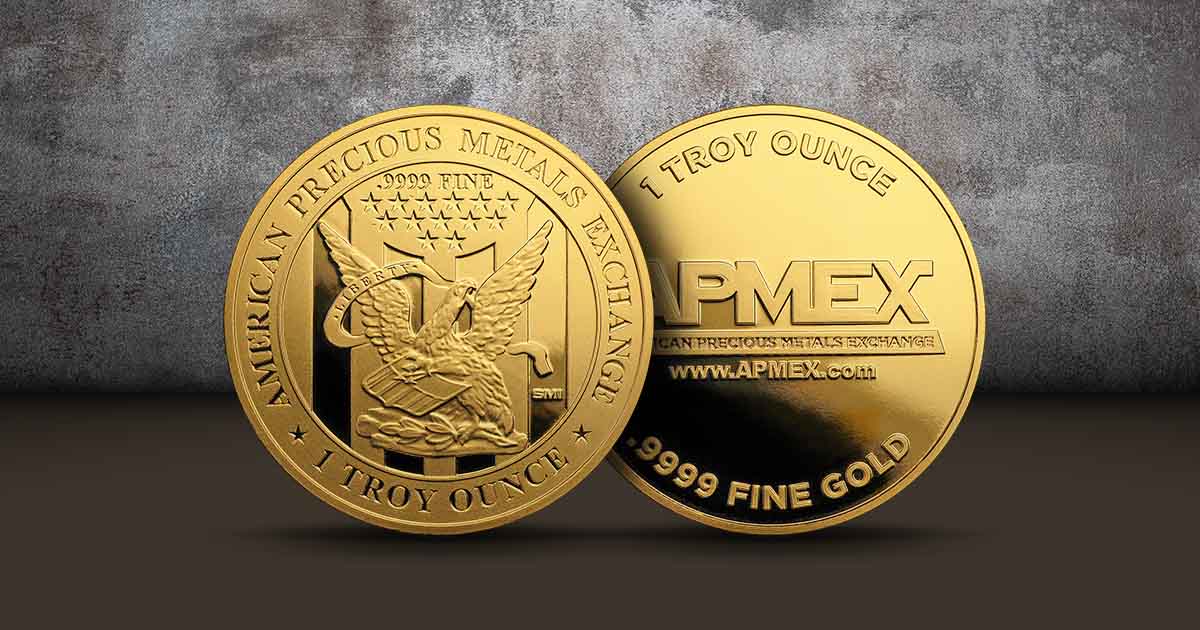
Refining gold requires several steps. Refineries use chemical reactions and heat to remove the impurities and increase the overall fineness of the gold. Refineries may employ one or more of these steps, depending on the application.
Gold Refining Processes
Most gold refining begins with Doré, a bar of gold partially refined in its natural state, alloyed with silver in concentrations dependent on geographic location. Doré is typically produced onsite at the mine, and its name is French for golden or gilded.
1. Dip Samples are Taken from Molten Gold
Refining gold begins with melting the gold in a crucible and taking dip samples to test the millesimal fineness of the gold. This provides measurable purity to benchmark against in the final stages of refinement.
2. Chlorination Separates Impurities from Gold
The Miller process is fast and simple. It removes many impurities but only results in .995 fineness. It uses the chemical attraction between chlorine gas and the impurities in the gold alloy the gas attracts.
Chlorine gas is blown or injected into the liquid gold alloy. The impurities in the molten mixture bind with the chlorinated gas and form chloride compounds. The gaseous chloride more readily bonds with these impurities than gold when at or above gold’s melting point melting.
These compounds separate from the gold, forming a layer on the surface.
3. Degolding Soda Ash to Separate the Slag
After the molten gold has been recovered from the chlorination, soda ash is added to the molten slag. Soda ash is a fluxing agent used to reduce the melting temperature of the slag, which allows gold particles to collect, separate from the remaining impurities.
The soda ash results in a reaction that makes the particles of gold settle at the bottom of the crucible.
4. Electrolysis to Remove Remaining Impurities
The last step in refining gold is the electrochemical Wohlwill process.
This employs electrical current, and an electrolyte known as Aqua Regia or Royal Water, which can result in a gold purity of 99.99%. Aqua Regia is a yellow-orange and sometimes red solution composed of nitric and hydrochloric acid in a 1:3 ratio.
Aqua Regia was named for its ability to dissolve noble metals, though it does not dissolve all metals. This acidic mixture works with electricity to produce gold with investment-grade fineness.
Nitric acid functions to oxidize the gold and transform it into gold ions. Meanwhile, hydrochloric acid supplies chlorine ions, which assists in dissolving gold ions and keeping them in the solution.
The semi-refined gold from the previous step is used as an anode or a positively charged electrode, and a very thin sheet of purified gold is used as an electrode.
The anode is lowered into the aqua regia solution, and a current is applied to the system. As electricity begins to traverse the electrolyte of the acid bath, gold and other metals in the anode start dissolving.
The gold, under the influence of the electric field, is migrated through ion transfer to the pure gold cathode, where it is restored to its metallic state with improved purity. When the anode is completely dissolved, the cathode is removed.
5. The Final Pour
In the last step, the gold crystalline structure is melted, tested for millesimal fineness, and cast into gold bars or granulated gold after confirming its high purity.




